Insider’s guide: ten good reasons to visit Ukraine’s capital right now
Kiev Now: Part OneKiev is unforgettable. A city of contrasts, it beats in the hearts of curious onlookers. Its history dates back long before Ukraine and Russia came into being. From here Slavic civilization spread all the way to Alaska. The Ukrainian capital continues to be young and wild and has become even more distinct as its energy has been untethered by the latest political events.
Modern Kiev explodes with art and culture. In the transitions from golden domes to post-Soviet housing blocks, from modern murals to fences frantically painted in Ukrainian colours, the city reveals its dynamic character. Kiev’s story, its lanes and alleys, green parks and hidden islands along the Dnipro River invite endless discovery. From backstreet mosaics to the best bars in town, we selected ten of the city’s highlights.
Closer
A famous venue that has successfully survived through difficult times, Closer started in 2013 as a series of themed summer techno parties, then called Forest Berth, on the edge of a forest in the Podil industrial area. With the onset of cold weather the party moved into a former tile factory and subsequently changed its name. In its current format Closer is not only an underground techno club but a centre of contemporary culture. While Kiev is undergoing a new wave of techno raves, Closer also boasts lectures, workshops, movie screening and contemporary art exhibitions.
Paravoz Speakeasy
Image: Anastasiia Fedorova
Kiev is the perfect place to open a drinking establishment of late. During the crisis, as rents decreased, the dream of opening a small cozy bar for friends became a reality. The best nightspot is a bar with a great history that has undergone a recent reincarnation. Paravoz Speakeasy is a basement bar next to one of the oldest cinemas in the city. Its modest 1920s charm and intimate atmosphere have proven a recipe for success — that and the delicious, classic cocktails served there.
Orang+utan
It’s easy to find every kind of fashionable food in Kiev: from dozens of burger and hotdog joints to inexpensive oysters and expensive steaks. Orang+utan is a healthy alternative, serving vegetarian food, plus unusual smoothies and granola. It attracted immediate attention for its trendy, minimalist design and abundance of greenery that seems to attract the Instagram-addicted youth. Despite the absence of alcohol, the atmosphere in Orang+Utan is always lively.
Visual Culture Research Centre
For an insight into contemporary Ukrainian art and culture, check out the Visual Culture Research Center. VCRC was founded in 2008 as a platform for collaboration between the academic, artistic, and activist communities. In contrast to the private Pinchuk Art Centre, VCRC is an independent initiative and an interdisciplinary environment that reflects on issues surrounding post-Soviet Ukraine through talks and exhibitions. Since 2008 VCRC has held more than 150 discussions with the participation of Ukrainian and international researchers, and around 20 art exhibitions. In early 2012, their exhibition Ukrainian Body featuring works by 17 politically engaged artists from Ukraine such as Eugenia Belorusets, Oksana Bryukhovetsky and Nikita Kadan among others was banned. As a result VCRC was removed as a research partner of the Kyiv Mohyla Academy, and had to cease its activity until moving to a new space on Glybochytska Street. This autumn VCRC is a co-organiser and one of the venues hosting The School of Kyiv, the new biennial created to put Ukraine on the art map of Europe.
Vegano Hooligano
There is no better place to experience Kiev than the Besarabsky Market. This unique location has served as a background for striking fashion shoots, and has been used by the Pinchuk Art Centre for remote exhibitions, one of which included a series of interventions — graffiti and installations — by artist Sasha Kurmaz for the 2013 PinchukArtCentre Prize. It is here that you can find vegetarian take away food at a reasonable price. Aside from Orang+utan, Vegano Hooligano in Bessarabsky Market is one of the most notable healthy pit stops in Kiev. Nothing on their wholesome, fresh and filling menu, whether hummus, falafel or tofu rolls, will cost you more than $1.65.
Kosatka
Image: Tasya Kudryk
Kosatka, from the Ukrainian for orca whale, is another place you won’t want to leave upon entering. This venture is one of the first attempts in Kiev at a simple, visually pleasing place with good food and a bar. An important thing to mention is Kosatka’s boundless love for good music. Every weekend you can catch the most devoted vinyl collectors in the city playing and drinking in Kosatka.
Salute Hotel
You can find images of the Salute Hotel in almost every photo book of futuristic Soviet architecture along with the Kiev Crematorium and the Ukrainian Institute of Scientific-Technical and Economic Information, known as the “tarelka”. It is one of the most striking and perhaps absurd examples of Soviet modernism. Architect Abraham Miletsky built the hotel in the spirit of a spacecraft in 1984. It’s hard to imagine that the original plan suggested the building be three times higher. Nevertheless, visitors can still enjoy beautiful city views from the top, as well as its Soviet décor.
Mosaics by Vladimir Ovchinnikov
In the 1960s muralist Vladimir Ovchinnikov, who worked as the director of the Museum of Western and Oriental Art in Kiev (also known as the Bogdan and Varvara Khanenko Museum of Art) for 42 years right up to his death, began work on several mosaics meant for the museum. He devoted ten years of his life to these creations, which were entirely self-funded. Because Ovchinnikov was not allowed to put the mosaic on the facade of the museum itself, he decorated the walls of its courtyard. Today, one can see seven astonishing mosaics of expressive sensuality and freedom, including a ten-foot Ukrainian mother and child.
VDNKh
If you fancy a trip back in time you should visit Kiev’s National Exposition Centre — a sanctuary of Soviet baroque, with some of the best examples of architecture from that era. While remnants of the period are disappearing around the rest of the city, VDNKh is a unique place where sculptures and images of the Soviet era still remain, from the innumerable colonnades and friezes depicting agricultural and industrial themes to a luxury fountain decorated with sunflowers and corn. Today the historic space is being actively used for city festivals, for instance the Kievan’s favourite, Gogol Fest 2015: a festival of contemporary art, music, theatre and fashion.
Café Squat 17b
Squats in abandoned buildings have appeared on the Kiev radar in recent years. What may have started with artists and creatives living under one roof has undergone a cultural transformation. Café Squat 17b opened this summer in the yard of Tereschenkivska. Hosting movie screenings and other cultural events, it signals the emergence of a new business model for the city, which sees abandoned buildings turned into multifunctional hubs.
Text: Tasya Kudryk
Date: November 2019
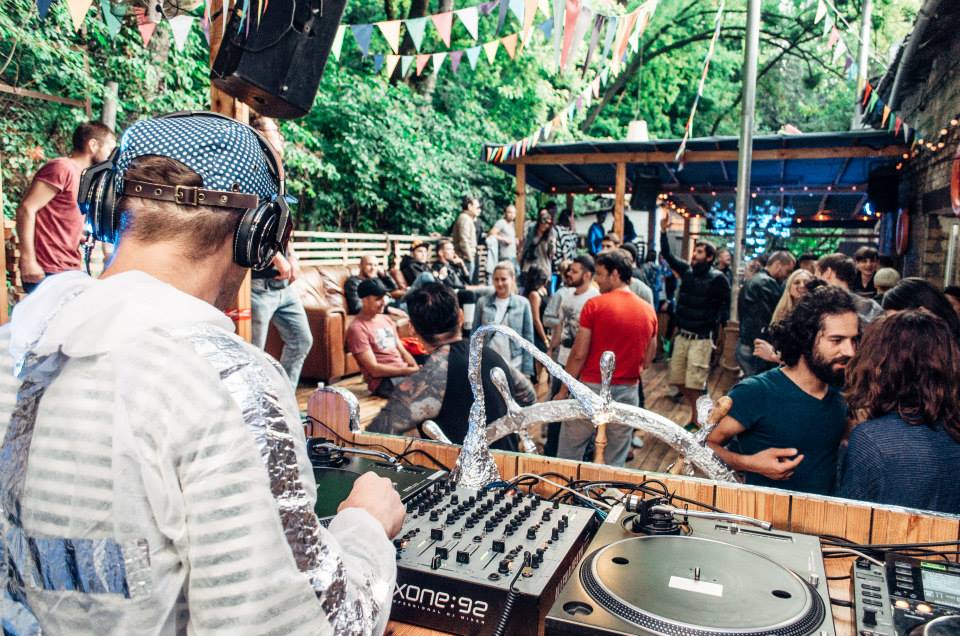
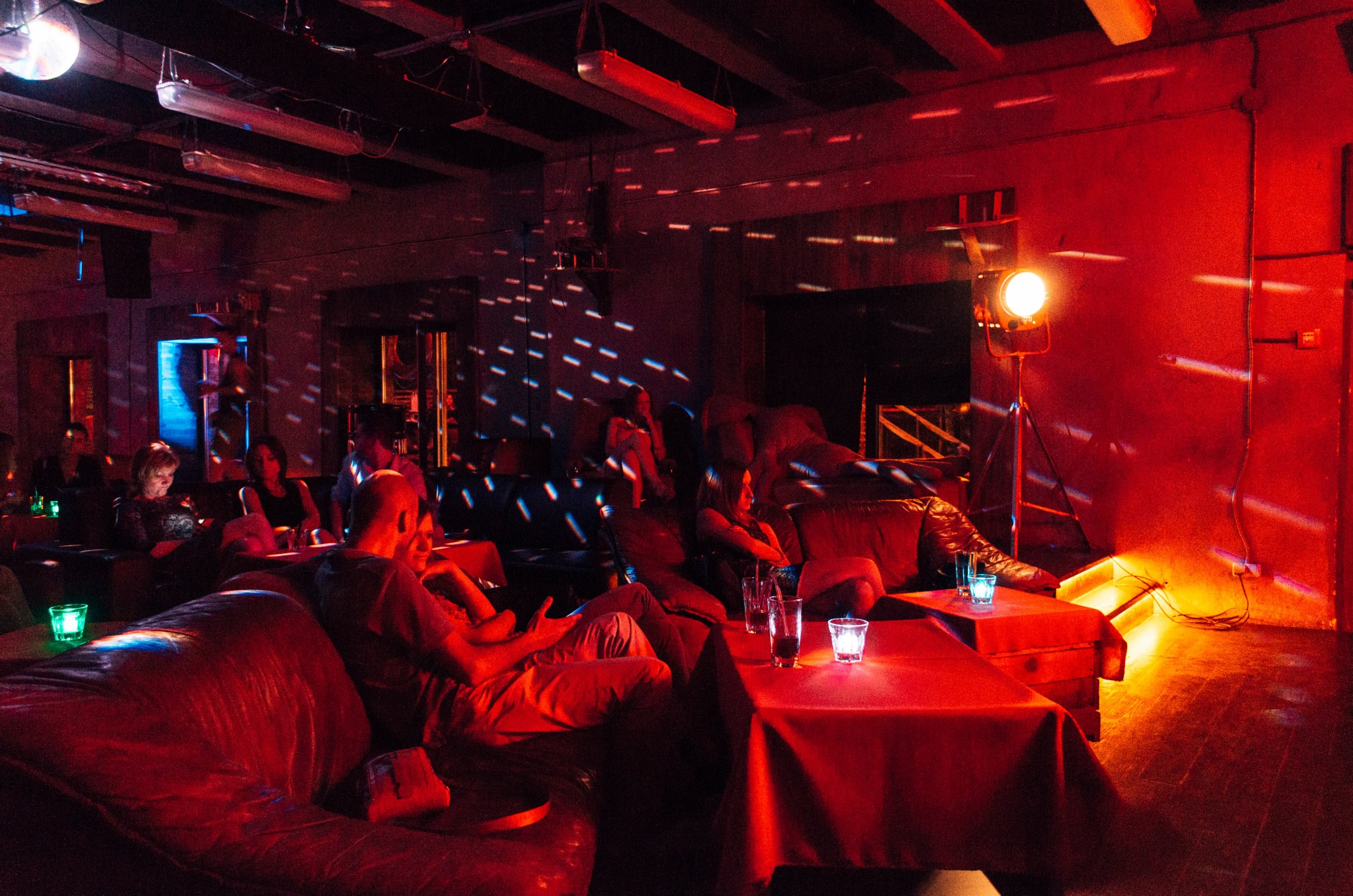
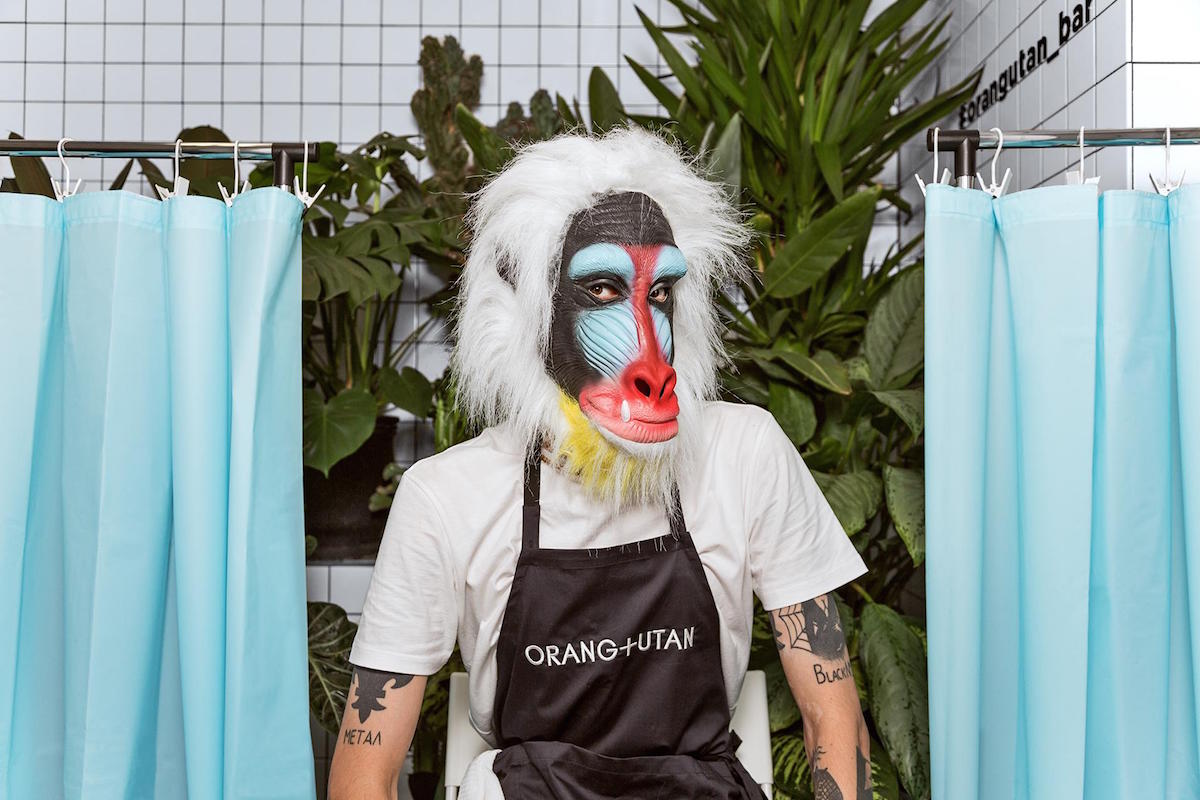
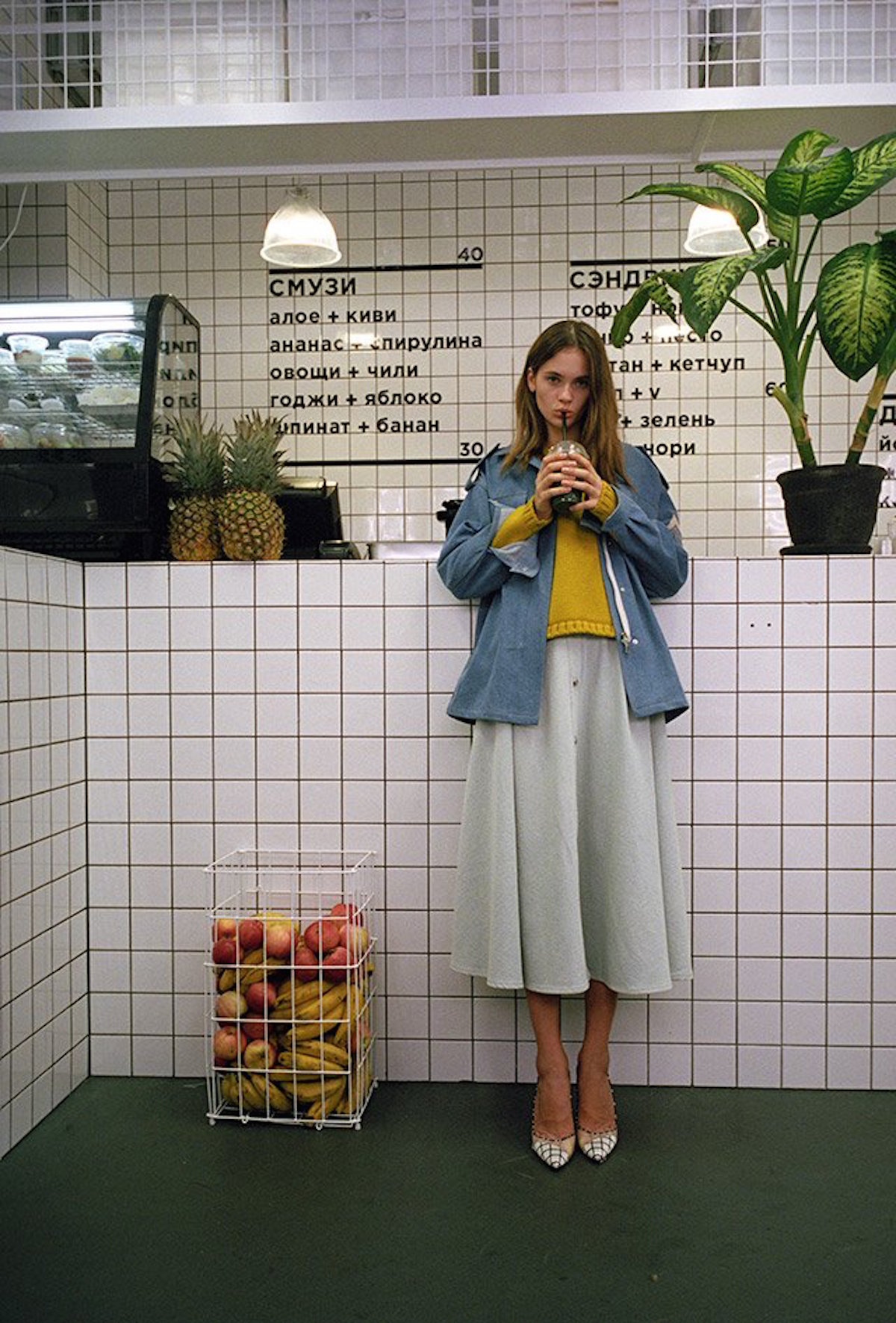
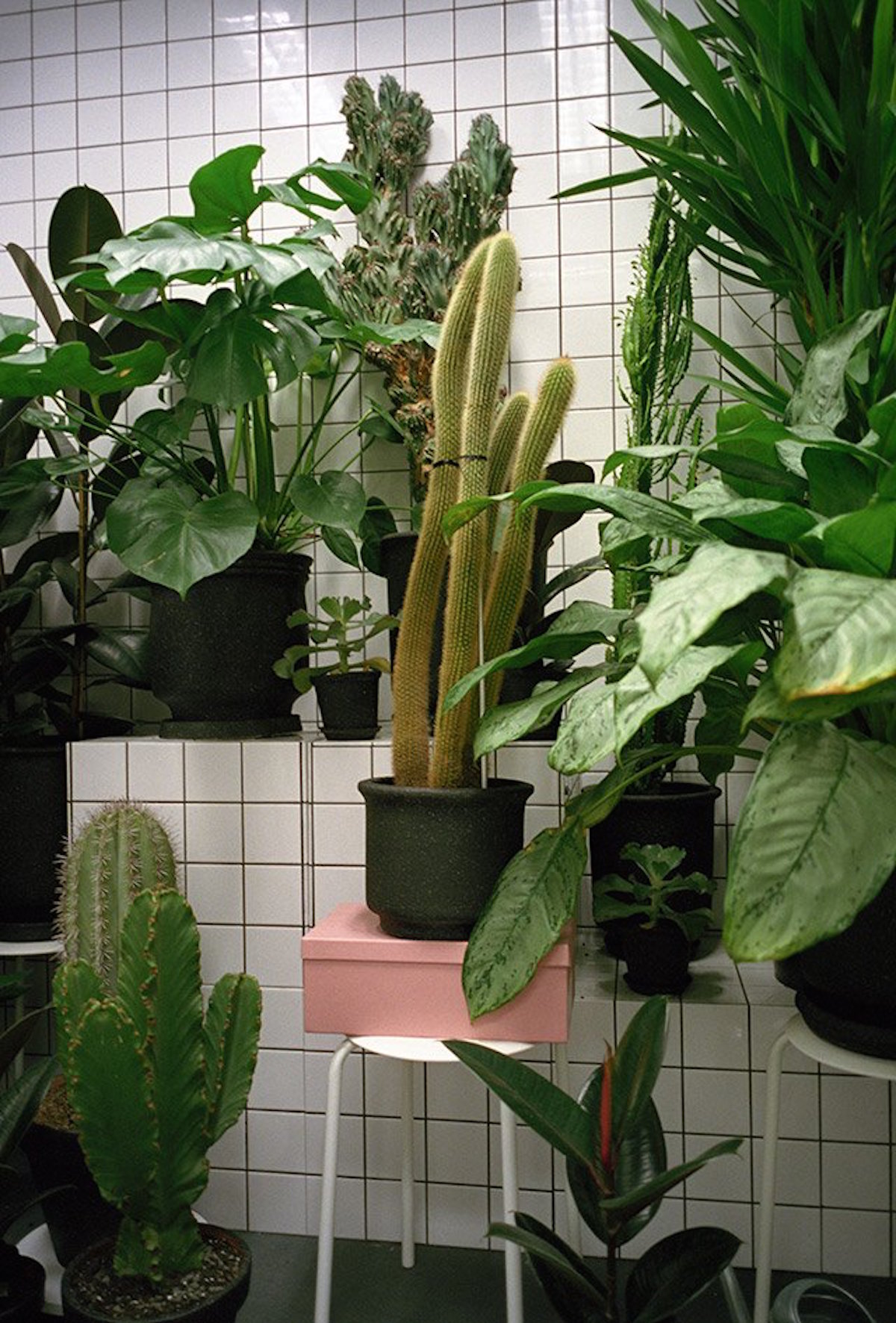

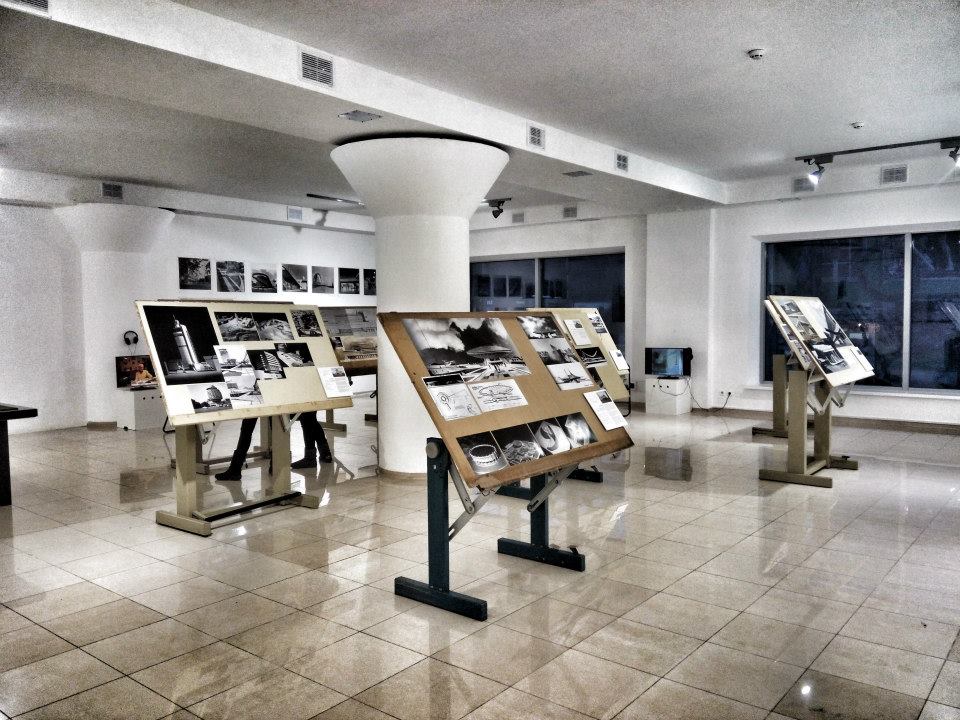
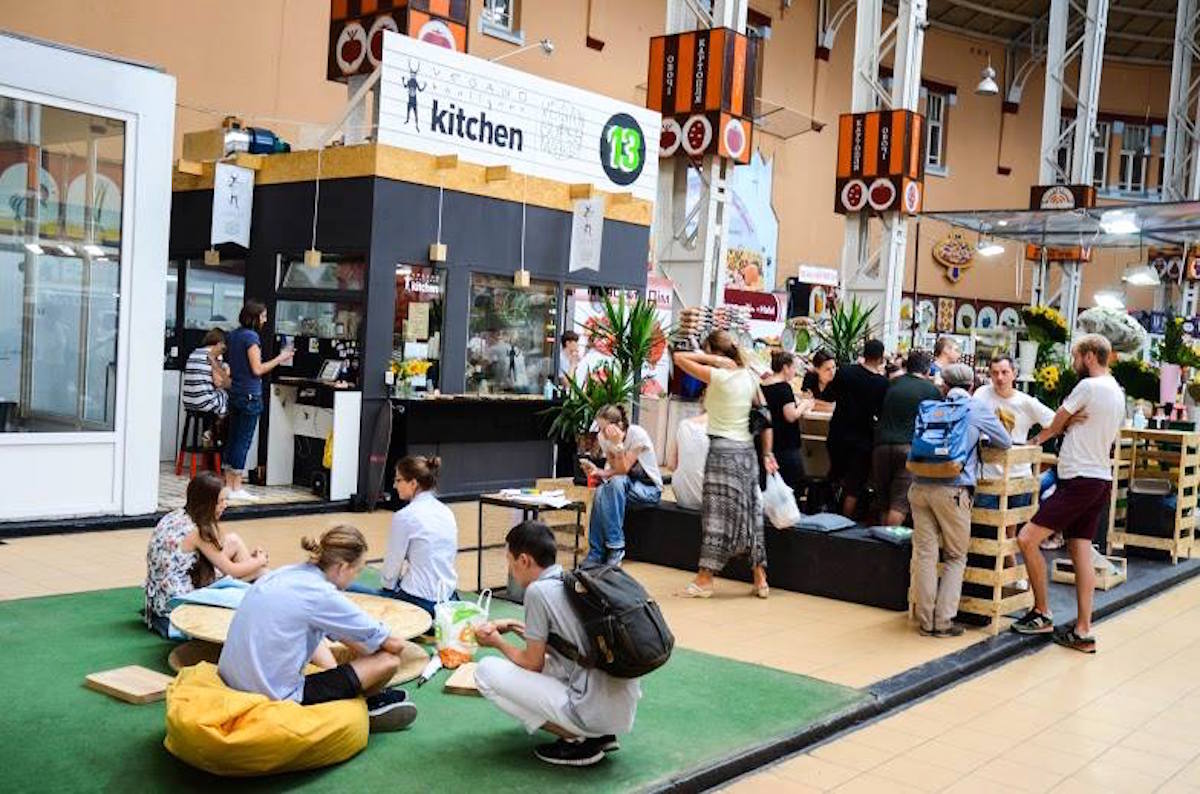
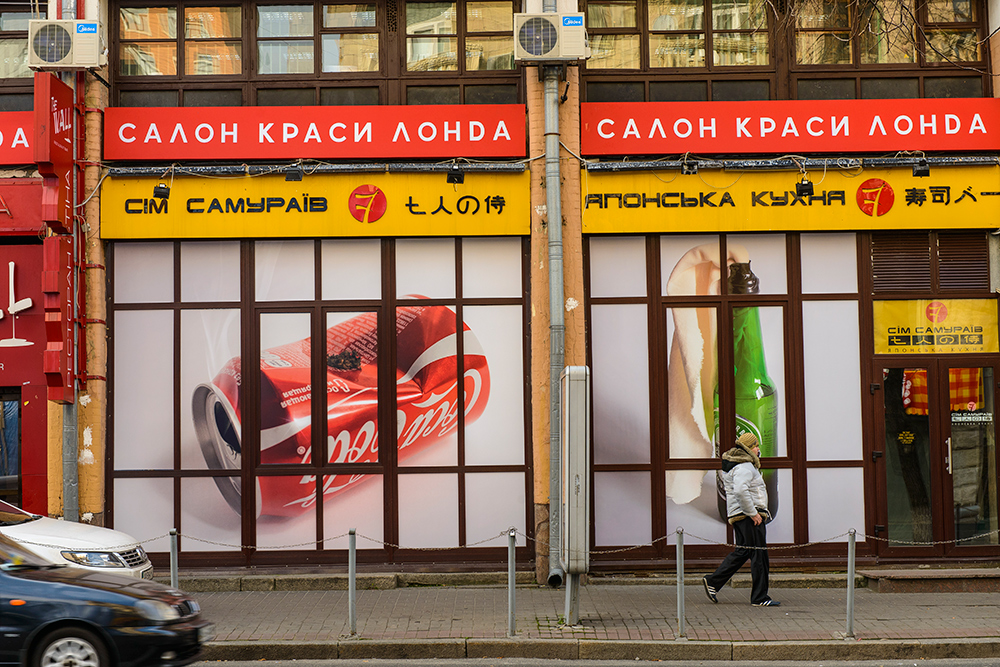
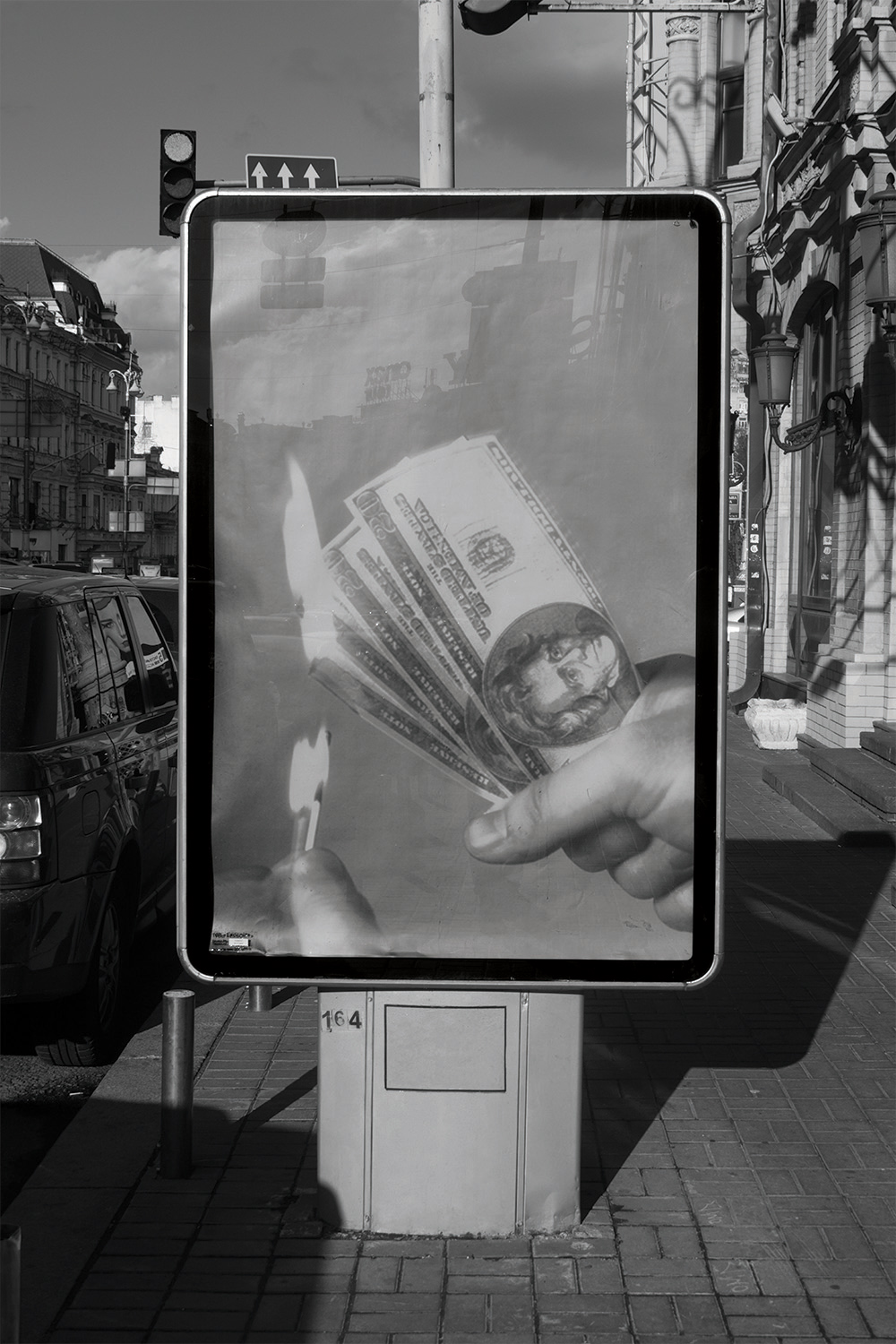
.jpg)
.jpg)